I was recently at IIM Ahmedabad walking around Louis Kahn’s masterpiece. I have always enjoyed being there, but this time during my third or fourth visit, strangely, I resonated with Kahn’s impeccable rhythms like never before. It was also the first time that I really saw the poor health of the brickwork he was so deeply invested in.
Kahn is said to have been inspired by Roman ruins. But he would have been dismayed at the cracks, the patchwork of repair and replacement that many walls at IIM observed, less than five decades after they were built. The brickwork has simply not worn well. The problem for repairers is simple and almost insurmountable. These are load-bearing walls, multiple storeys tall. When parts of those walls start cracking or splitting, what do you do? You cannot replace parts of the wall on an upper floor without taking down the part below it. The exercise soon starts looking like a reconstruction job.
A senior architect informally told me that one reason for the bad state of the walls was that Kahn had the bricks sandpapered to heighten their already rough texture. Another problem appears to be the steel reinforcement in the piers. The steel has corroded and expanded pushing the brickwork out. Long, heartbreaking cracks run up and down the brickwork as a result.
There is perhaps a lesson in all this. As I read- it is about the relationship between beliefs, about how buildings ought to be and how they actually are. I don’t know any details about both the things I heard about the brickwork- that it was roughened and, therefore, unwittingly made more porous, or the fact that steel reinforcement was placed in the brickwork directly. I, thus, don’t know for certain whether they are true or if yes, in what way they are. However, I later thought it was interesting that both are immediately believable for someone like me, who has, for long, been a part of architectural culture.
Both problems appear to be rooted in a simple fallacy: letting a vision for architecture or a theoretical position about it override the demands of construction and weatherproofing. The rough look might have heightened the apparent timelessness of the building which was a central quality of the environment that Kahn sought to create. But it might well have compromised the durability of the structure.
The steel reinforcement in the brick is a slightly deeper issue. I don’t know whether Kahn asked for the steel to be put into the brickwork. That is unlikely, though it might well be that the structural designers wanted it in and Kahn had to agree. I wondered why he simply did not build little columns of RCC into the core of the brickwork where required. The concrete could simply have functioned as a ‘cover’ for the steel against weathering and saved much of the bother. As soon as I thought of it, I realized that would never wash with Kahn’s underlying search for authenticity in his fascination with origins. A brick wall with steel reinforcement compromises the purity of the brick’s reputation for strength. An RCC column (even one where the concrete bears no compressive load) would simply destroy that reputation. So, if Kahn had actually considered the RCC option, he might well have had a good reason within his philosophy to reject it. This means, if you don’t mind continuing with the if-then game a little longer, his desire for an effect of timelessness as well as for ‘authenticity’ (brickwork actually being made to do all the work it is seen to do with arches and buttresses) actually led to the very opposite outcome physically. The architecture is experienced as timeless but its substance has begun succumbing too quickly to the weathering effects played out in time. This suggests that beliefs about architecture might sometimes go against the good sense related to building.
Author – Himanshu Burte, is an architect and an Assistant Professor at the School of Habitat Studies, at Tata Institute of Social Sciences, Mumbai. A graduate of Sir JJ College of Architecture, Mumbai (B. Arch. 1990), Himanshu has been actively involved in architectural practice, research, writing and teaching. He has written extensively on architecture, art and urbanism in the popular and professional press, and has been invited to speak at many national and international conferences in India and abroad. His first book, ‘Space for Engagement: The Indian Artplace and a Habitational Approach to Architecture’ was published in 2008 by Seagull Books, Kolkata _ Read more about him here

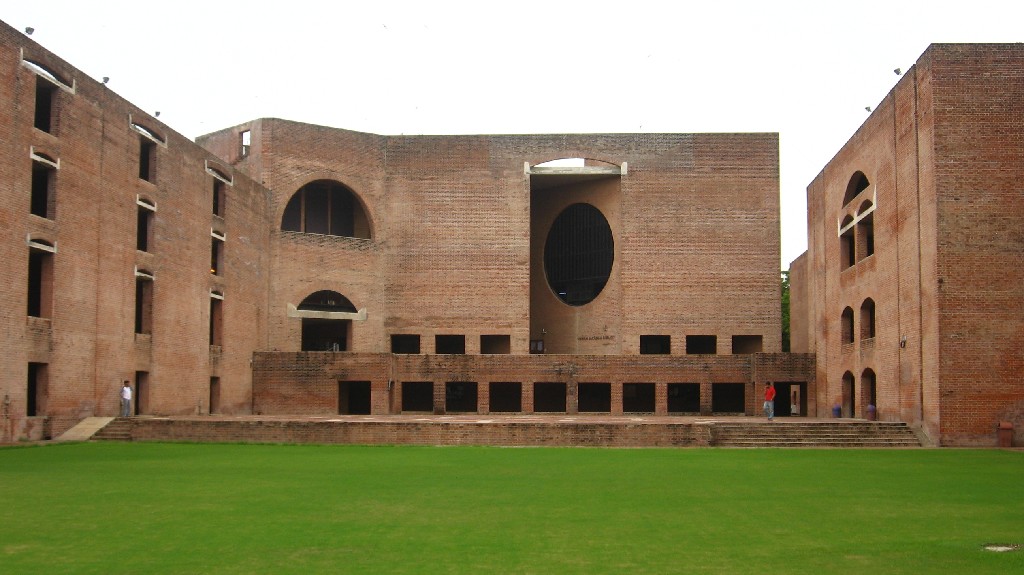
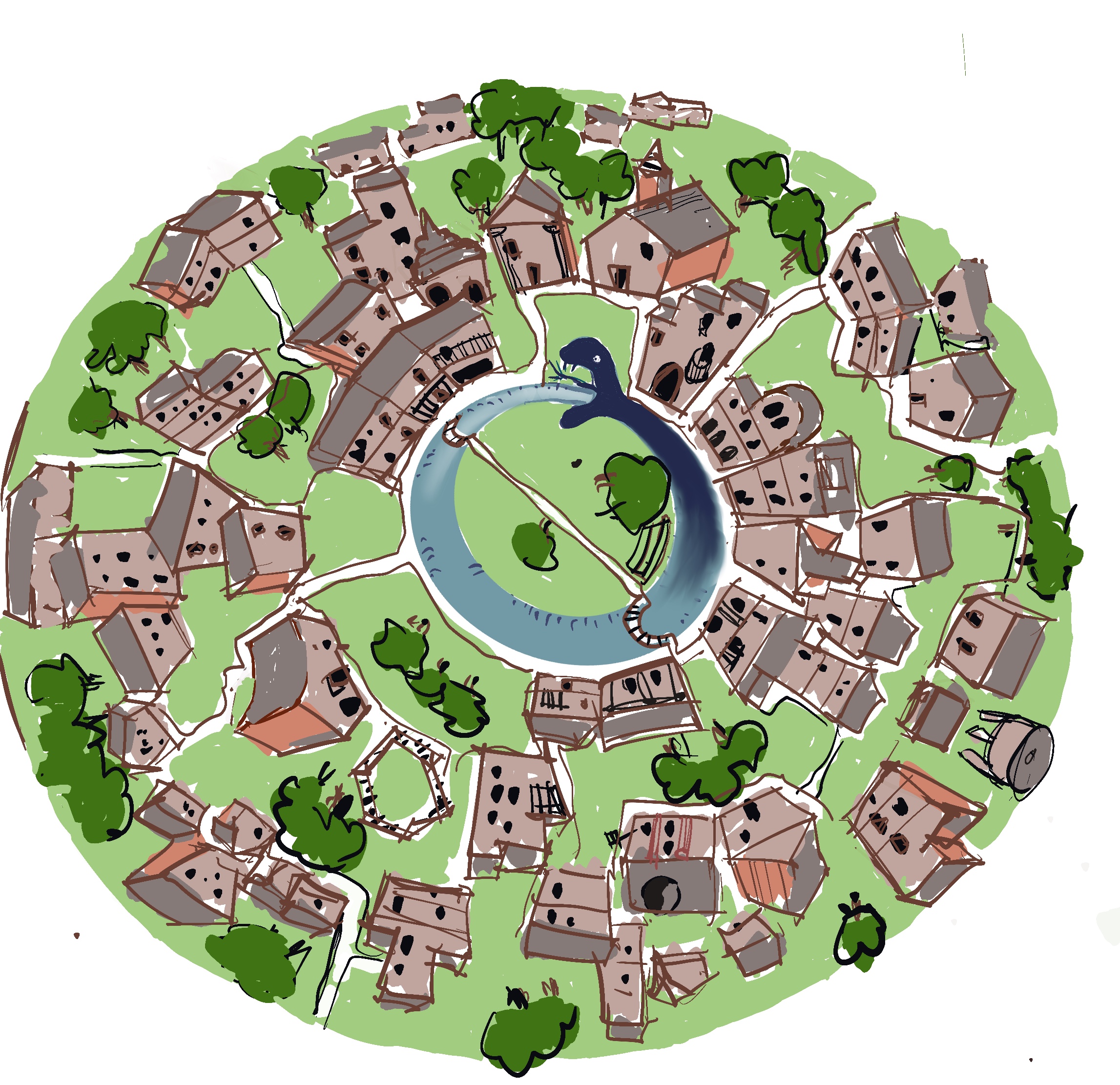

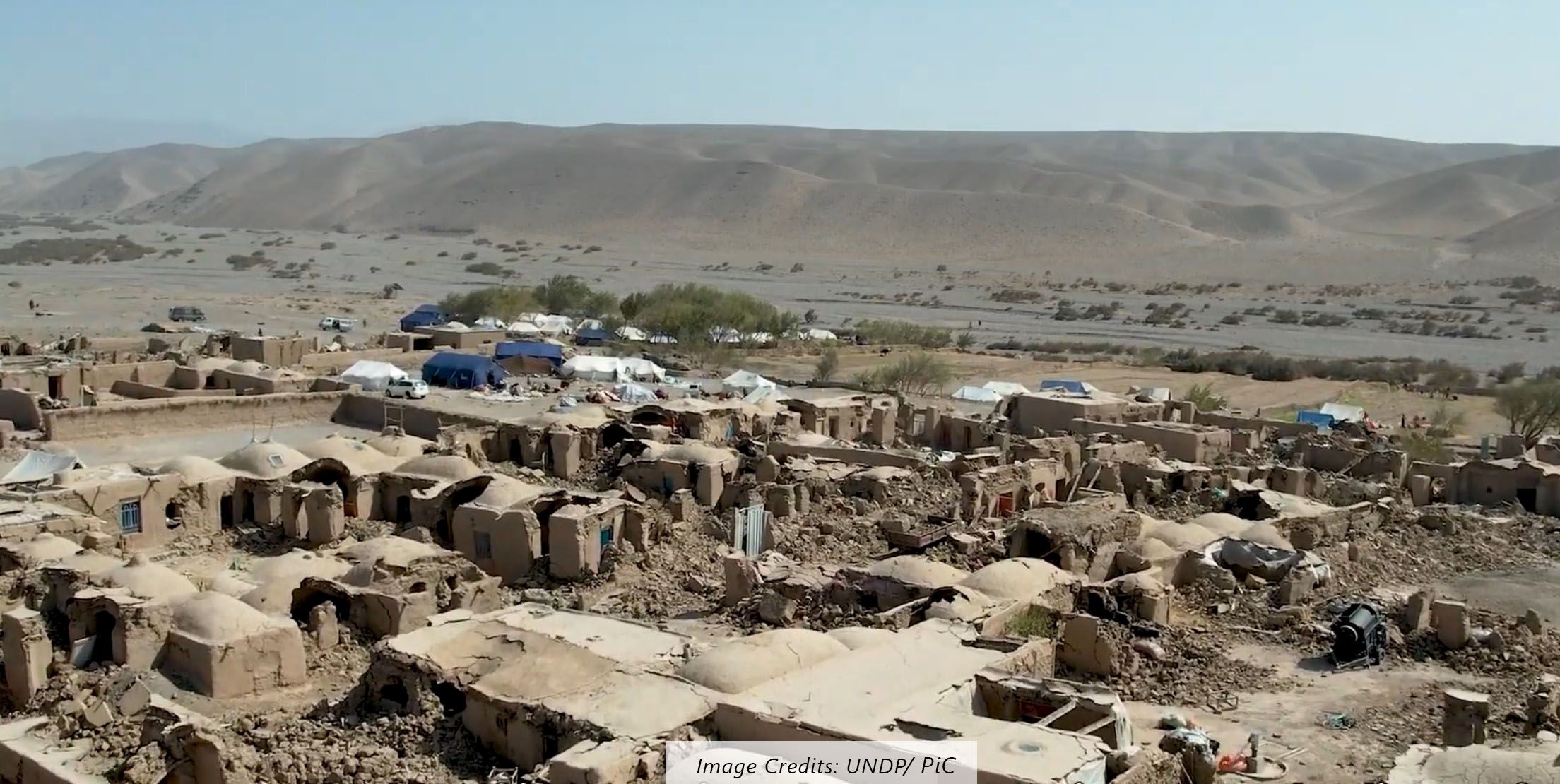
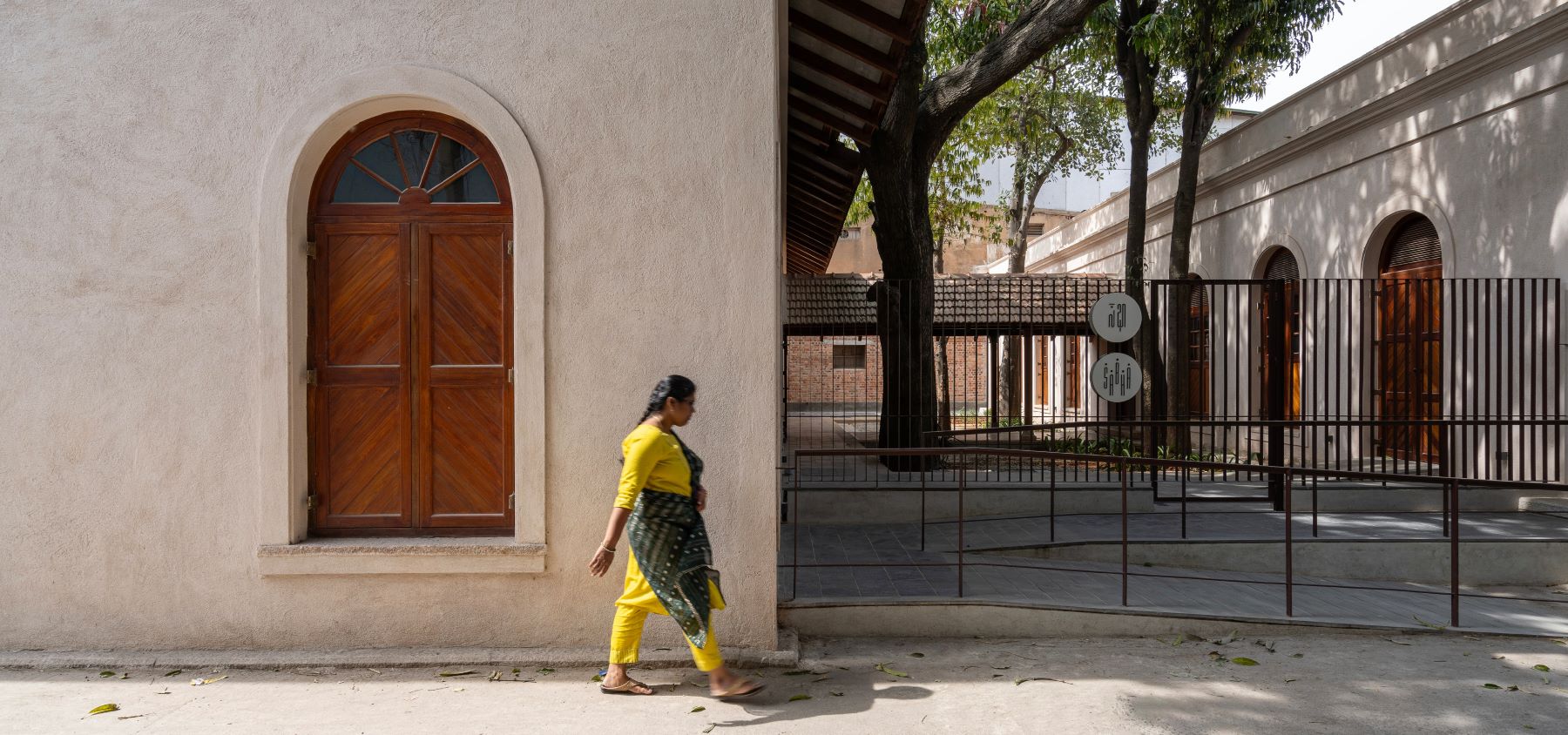
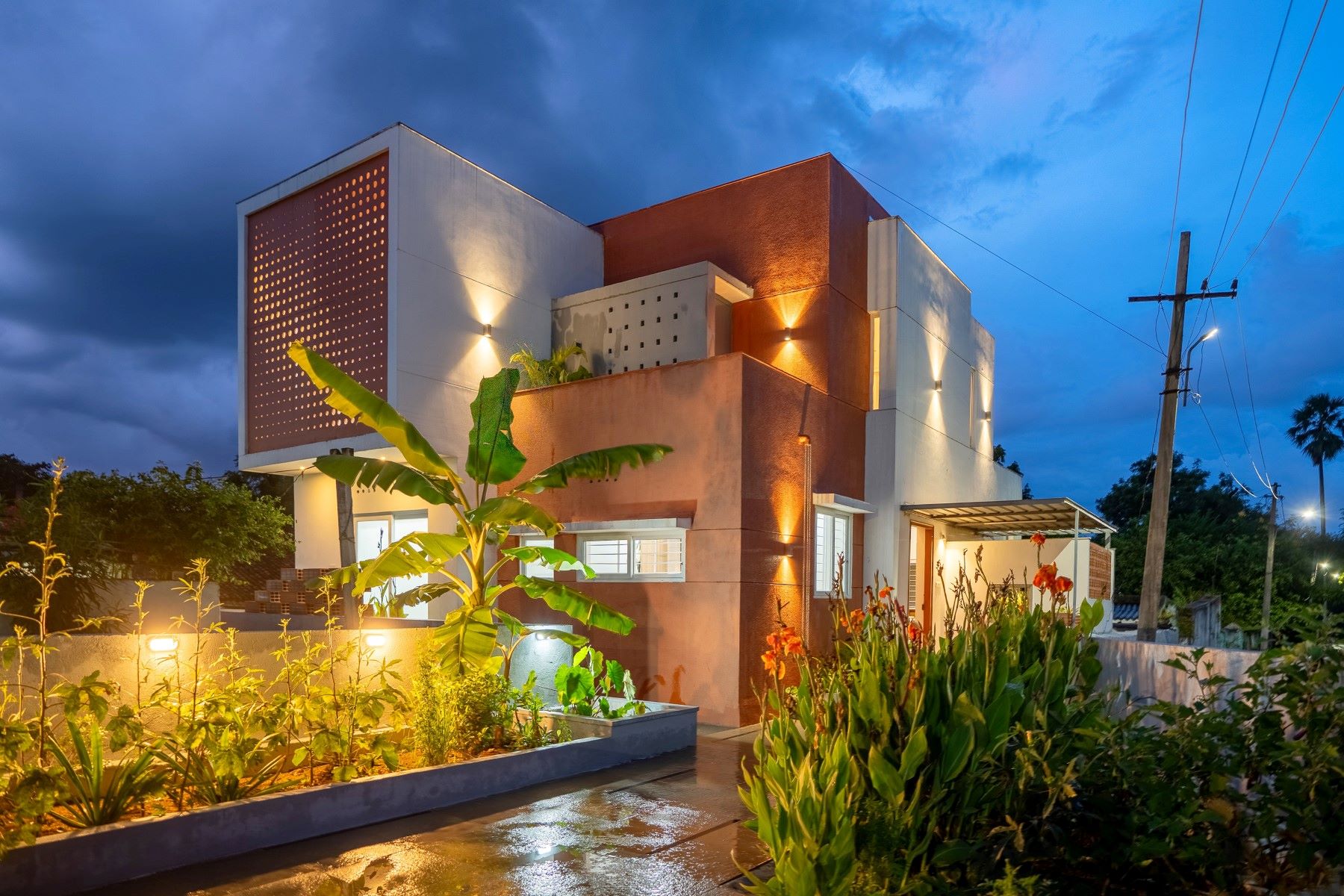
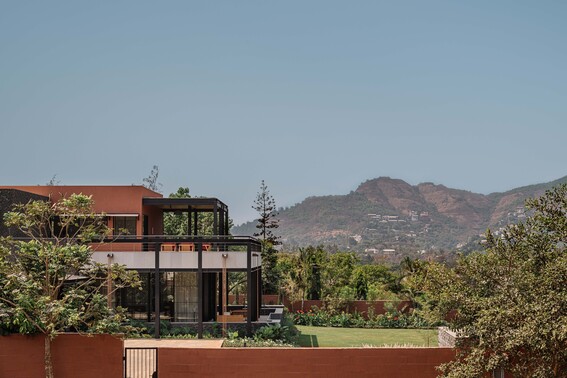
One Response
i wonder if a large part of the structural damage was caused by the major earthquake in 2001?
many rcc framed exposed brick buildings (for example NID)had to be structurally rehabilitated post the earthquake.
saleem bhatri